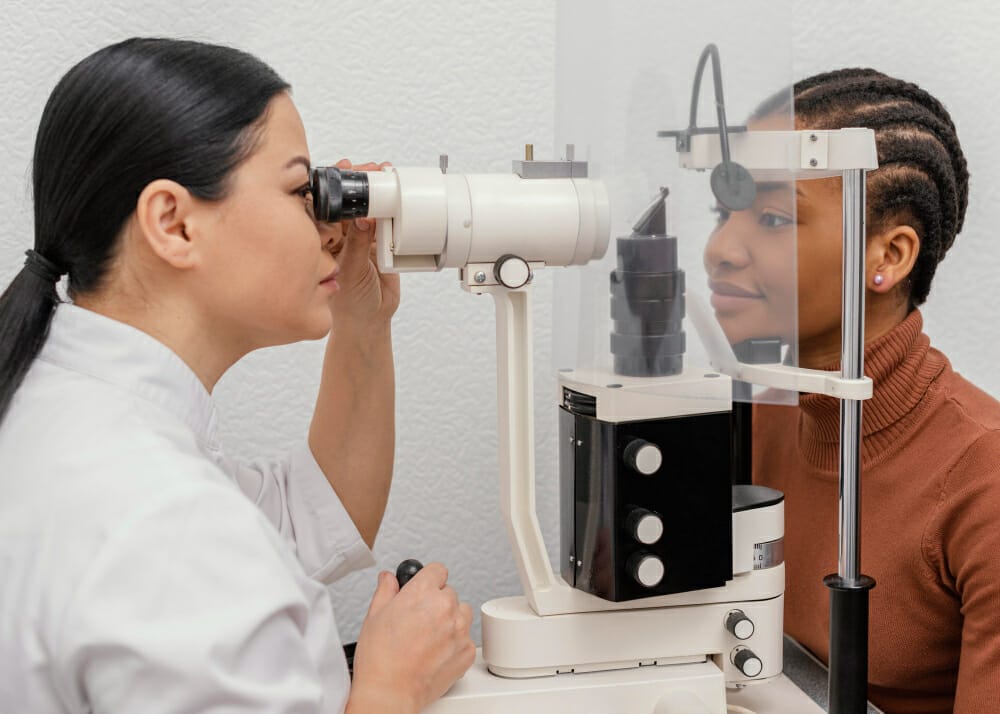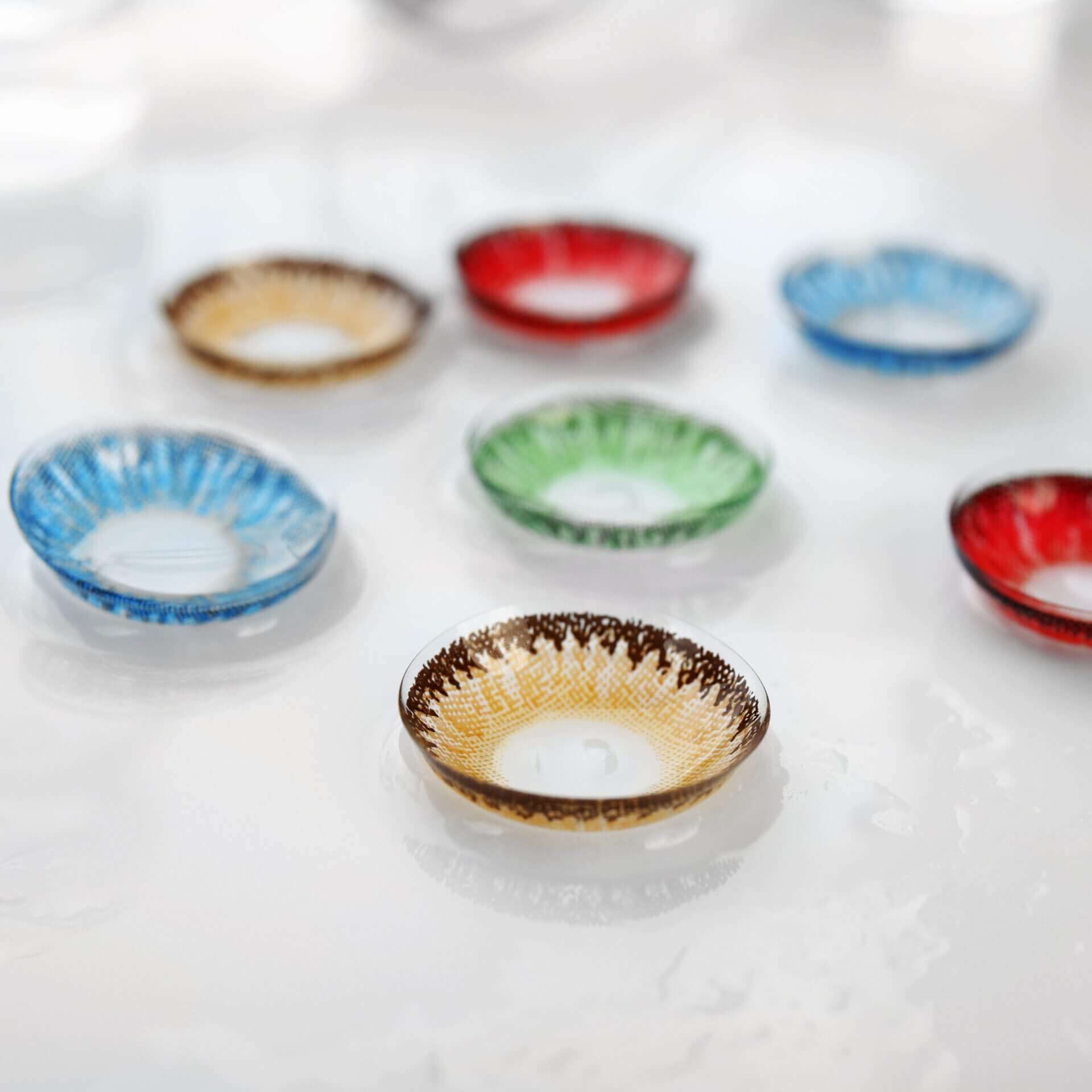How can a low vision optometrist help you?
Living with achromatopsia means facing everyday challenges head-on. Simple tasks like reading, driving, enjoying TV, playing sports, using digital devices, recognizing faces, and moving around can be difficult. Thankfully, with today's low vision aids and technology, individuals with achromatopsia have new opportunities to participate more fully in life. Our low vision specialists are here to conduct detailed assessments to pinpoint your unique needs and recommend the best aids and strategies to improve your daily life.
Aids and Strategies for Achromatopsia
Reading Glasses and Bifocals: These are crucial for clearer vision during close-up tasks, offering a significant improvement for those with achromatopsia.
Optical Magnifiers: Tools like CCTVs can make reading small print much easier, supporting daily literacy activities.
Telescope Glasses: These glasses, either monocular or bioptic, allow for clearer vision of distant objects, aiding in safer navigation and transportation.
Computer and Phone Use: Special software that enlarges text and improves screen contrast can transform the use of digital devices.
Tinted Glasses: Not only do these glasses help correct vision issues, but they also reduce light sensitivity and enhance visual comfort.
UV Protection: Sunglasses or lenses with UV protection are recommended to lessen discomfort from bright lights.
Prism Lenses: For significant vision loss, prism lenses can enhance reading capabilities beyond what traditional glasses offer.
Driving Possibilities: Specialized glasses may enable driving, offering greater independence for those with achromatopsia.
Visual Training: Techniques aimed at improving contrast sensitivity and visual acuity are especially helpful, offering a new way to manage symptoms.
We encourage anyone facing challenges due to achromatopsia to consider a low vision evaluation. Discovering the right aids and techniques can truly change your life.
Hope through Research and Treatment
While achromatopsia currently has no cure, there's promising research in the pipeline. Clinical trials are exploring gene replacement therapies aimed at the CNGA3 and CNGB3 genes. These efforts hold the potential for significant advancements. In the meantime, our focus remains on relieving symptoms and enhancing quality of life with the best tools and strategies available.



















